Dear reader,
One of the most frequent questions I get is this - “Which sketchbooks do you like to use?”
For a frequently asked question, it is still difficult to answer. Because I like to use different sketchbooks. I like to change. I like to find things out, about the paper, the brand, and myself and my practice. In today’s post, three good rules to follow before you get your next sketchbook. Also, watch the video for a sketchbook tour from this month’s hangout with readers.
The SneakyArt Post is a publication of secretly drawn art of the world. Every week, I share the latest pages from my sketchbooks and the best ideas from my journey as an artist and writer.
If you like having this newsletter in your inbox, share it with a friend!
Rule 1 - Make the next one a different size
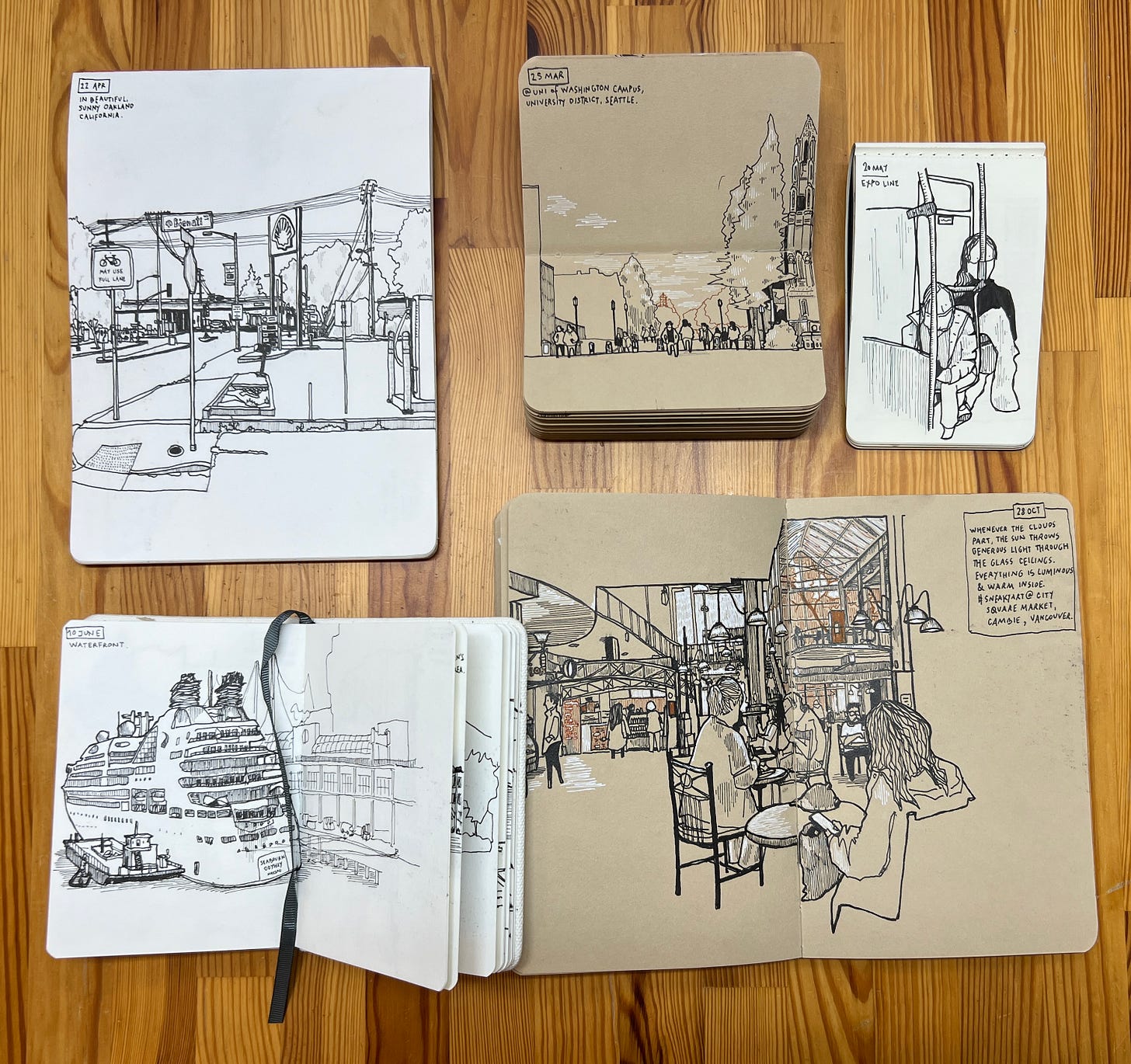
Size determines how much time you spend on a single page. Size directly affects the scope of every drawing, because time is one of the first things we consider when getting started. Do you have time to sit and get comfortable? Maybe a larger page is good. Do you need to stand in a crowd or be ready to move? Choose the smaller size.
When you have only a few minutes on public transit, drawing is a less intimidating prospect with a pocket-sized sketchbook (top right, above). Large scenes with lots of details, but in situations where you also have time, tend to go in larger sketchbooks (bottom right, top left).
However, this is not a strict rule because sometimes an entire cruise ship can fit in a small sketchbook too! Sometimes the smaller page puts you in the frame of mind to minimalize, and that helps to tackle complex shapes. (I talk about this drawing in the video too.)
Reader, do you favour smaller or larger sketchbooks? Share your thoughts.
Rule 2 - Make the next one a different brand
Brand loyalty is entirely unnecessary in an art practice. There are so many wonderful small businesses to support! And sometimes the big brands - because of economics of scale - cannot do the Cool Things™️ that a small business can.
I learned this when I received a package of sketchbooks from a European brand I did not previously know called SM/LT. I love their paper and the interesting sizes of the books. Above, their square-shaped sketchbook was easy to use while standing outdoors because of the hard-cover. I wish Stillman & Birn did hard-cover too, because I love their toned-paper options.
Reader, do you have a favourite sketchbook brand? Have you discovered any new ones lately?
Rule 3 - Make the next one a different format
Bear with me for this one. The sketchbook page is a frame inside which you capture the scene. Changing its orientation changes the drawing because it feeds back to how you see what you see, and how you decide to compose it. In this sense, the page is like a window through which you see the world.
A fun trick is to pre-draw differently-sized panels on your page before you go out to draw (above, bottom-middle). Sit somewhere and see how what you see can be best fit inside those panels. Or frames. (Or windows.)
Another fun trick is to rotate a small sketchbook ninety degrees (above, top left) to instantly change the size and shape of your page.
Yet another fun trick, have you used an accordion-style sketchbook? I love them for longer vacations. I share pages from a couple of them in the video above.
Reader, what is your favoured orientation? Do you change it often? Why, or why not?
Pair this post with -
✍🏼 Writing & Drawing as Conversation with Self - for the writers curious to draw, and the artists who wonder about words.
📚 Lessons from a Sketchbook Habit - how keeping a sketchbook made me not only a better artist but also a better human.
I am glad to have a space in your inbox. Thank you for reading.






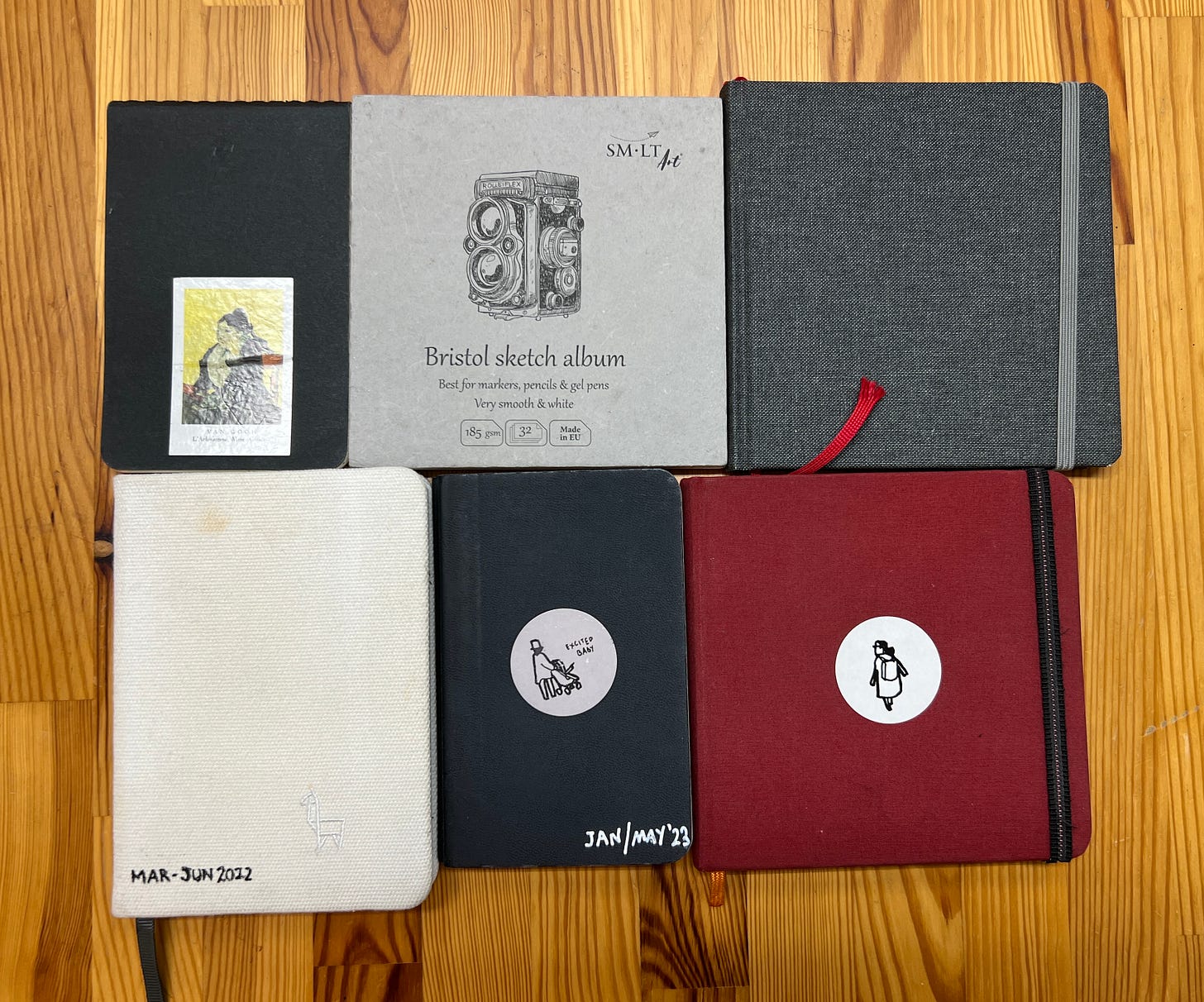

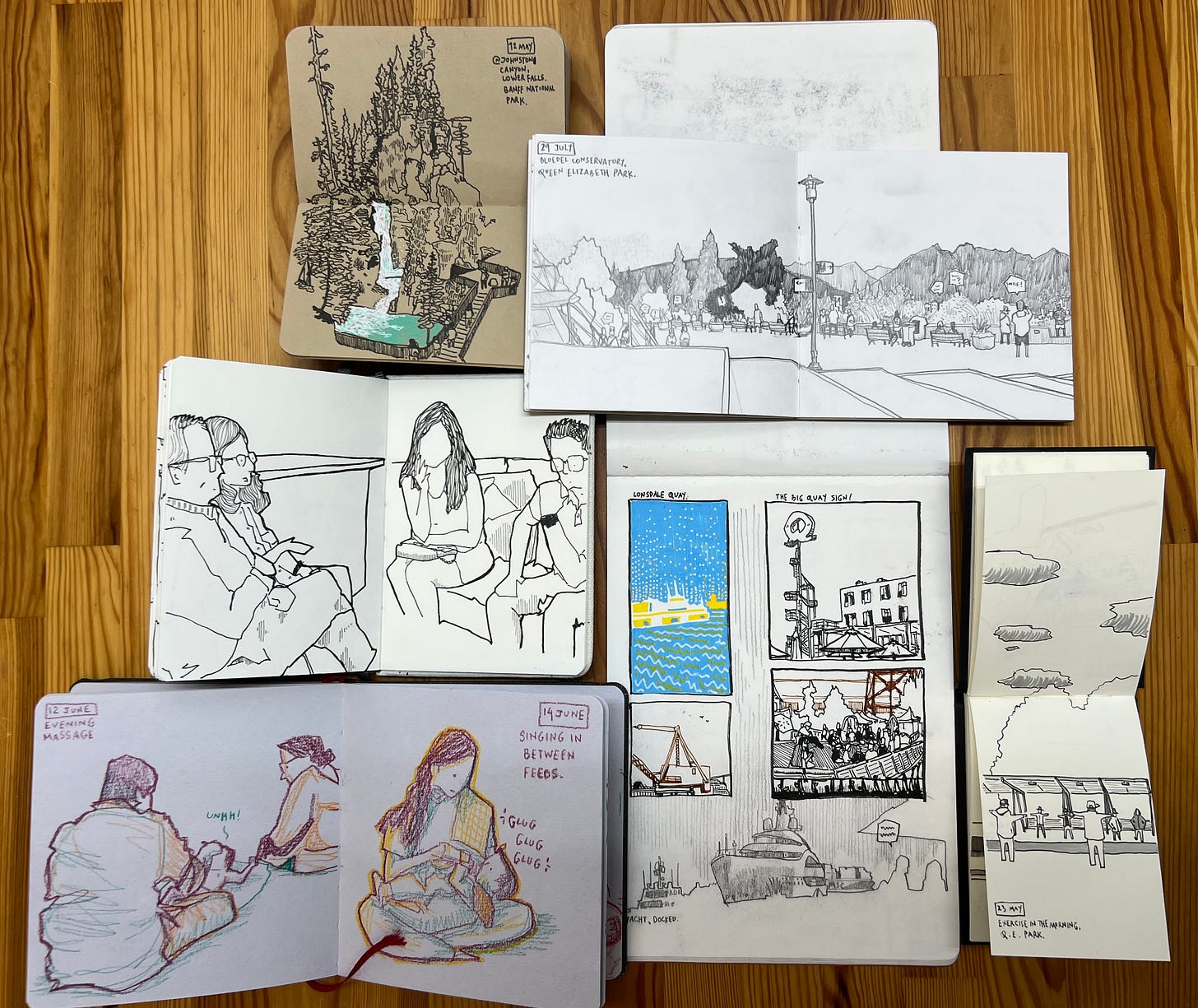




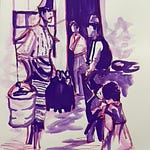

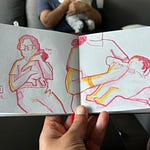

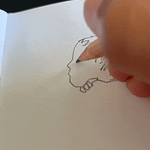



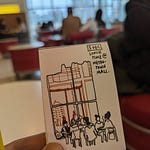



Share this post